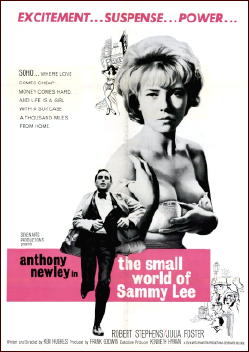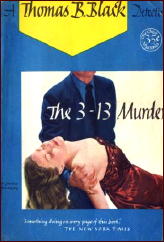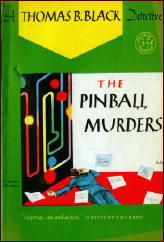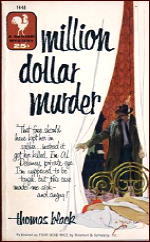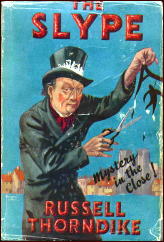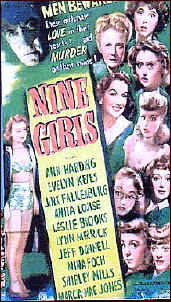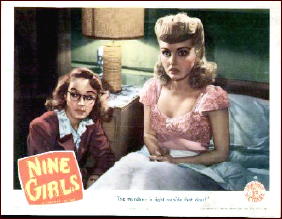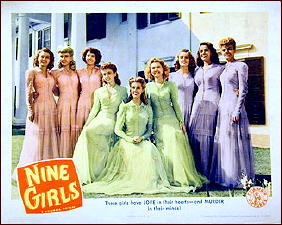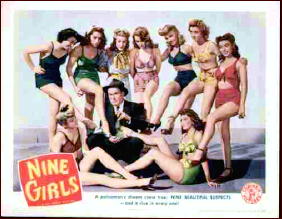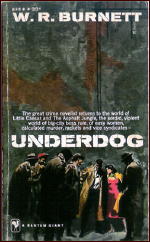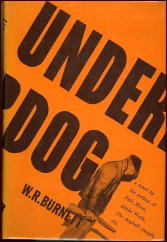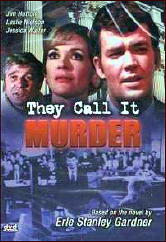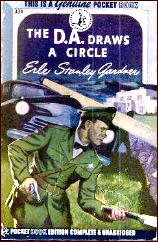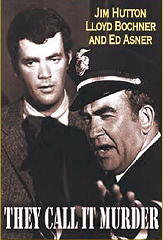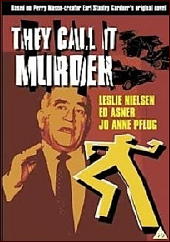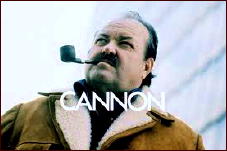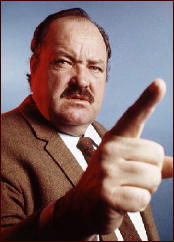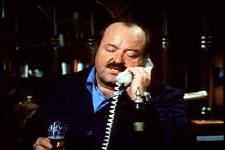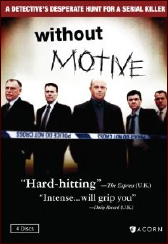Fri 10 Feb 2012
Movie Review: THE SMALL WORLD OF SAMMY LEE (1963).
Posted by Steve under Crime Films , Reviews[9] Comments
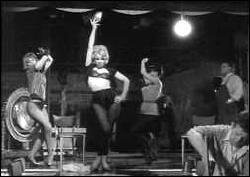
THE SMALL WORLD OF SAMMY LEE. British Lion Films, 1963. Anthony Newley, Julia Foster, Robert Stephens, Wilfrid Brambell, Warren Mitchell, Miriam Karlin, Kenneth J. Warren, Clive Colin Bowler, Toni Palmer, Harry Locke. Screenwriter: Ken Hughes, based on his BBC-TV play “Sammy.†Director: Ken Hughes.
One of Anthony Newley’s first dramatic roles, and it’s a good one, at least if you were to ask me. Bosley Crowther of the New York Times thought it was a bore, and a reviewer for the Village Voice thought the tawdry portrayal of the Soho strip tease club where Sammy Lee works as the emcee between acts (or compère, to use the big word I just learned) was hypocritical and just plain wrong-headed. “…some of our most distinguished citizens have been devotees of this art form.â€
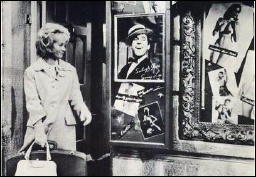
Without going into the merits of stripping as a fine art as it occurs on some stages, on others tawdry, crude and sleazy are the only words that apply. Not that we see any real nudity in Sammy’s place of employment, but just hanging around backstage through the unblinking eye of the camera is a real, well, eyeful.
What makes Sammy run, though – this Sammy Lee, not the other one – is that he’s up to his neck in debt to a bookie who’s as tough as they come, and so are the hoodlums who work for him. If he can’t come up with £300 in five hours, his goose will be cooked, figuratively if not literally. To raise the money, he frantically scours his little black book in search of any kind of deal he can come up with: whiskey, bar glasses, watches, you name it.
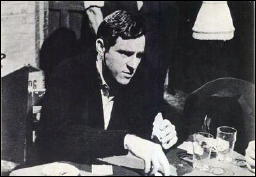
Dashing here and there between shows with a breathless kind of nervous energy that will either annoy you immensely (see above) or keep you watching with a kind of fascination not at all unlike watching a train wreck about to happen. Beautifully filmed on location in black and white to a jazzy background beat, with a bit of romance on the side (with Julia Foster as Patsy, a fresh young innocent from the north country), if only he could slow down long enough to know what he has, if only.
You’ll have to watch for yourself to learn whether he comes up with the money or not. I might warn you that this a noir film from beginning to end, but sometimes reviewers do not tell you the entire truth, lest they give away too much, and this may be one of those times.
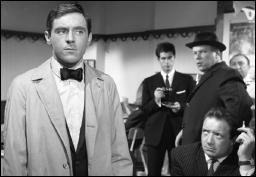
To return to my first paragraph, I don’t know what it means if I were to point out that both reviewers I mentioned were from the US, and a few years back The Small World of Sammy Lee was one of the movies on The Guardian’s list of 1000 films to see before you die. It must mean something, though.
[UPDATE.] It is now several days after I wrote the first draft of this review. In the version above, I gently chided the reviewer from the Village Voice about his opinion of this film, but he did point out several flaws, as he saw them, in the plot itself.
I saw them, too, but I’ve been thinking them over, and at the moment I don’t see them as flaws. Sammy Lee may have been a two-bit hustler, if not an out-and-out grifter, but I think he had moral standards. They may not have been your moral standards, nor mine, but he lived his life by them, and I can’t see any reason why I should fault him for that.
